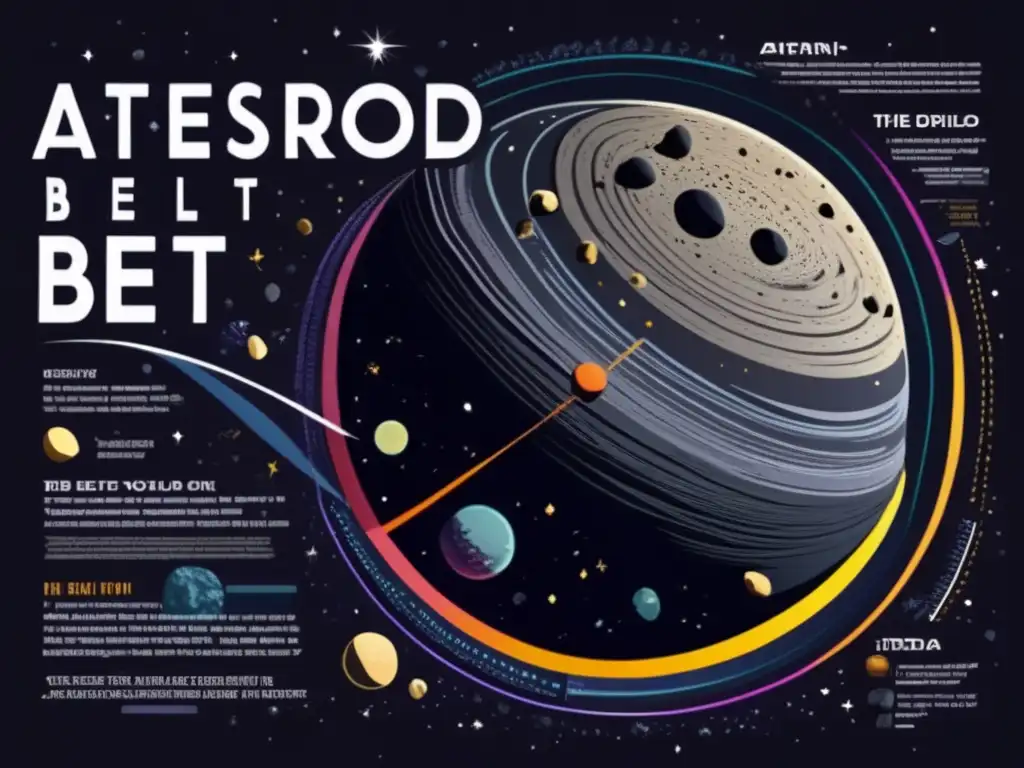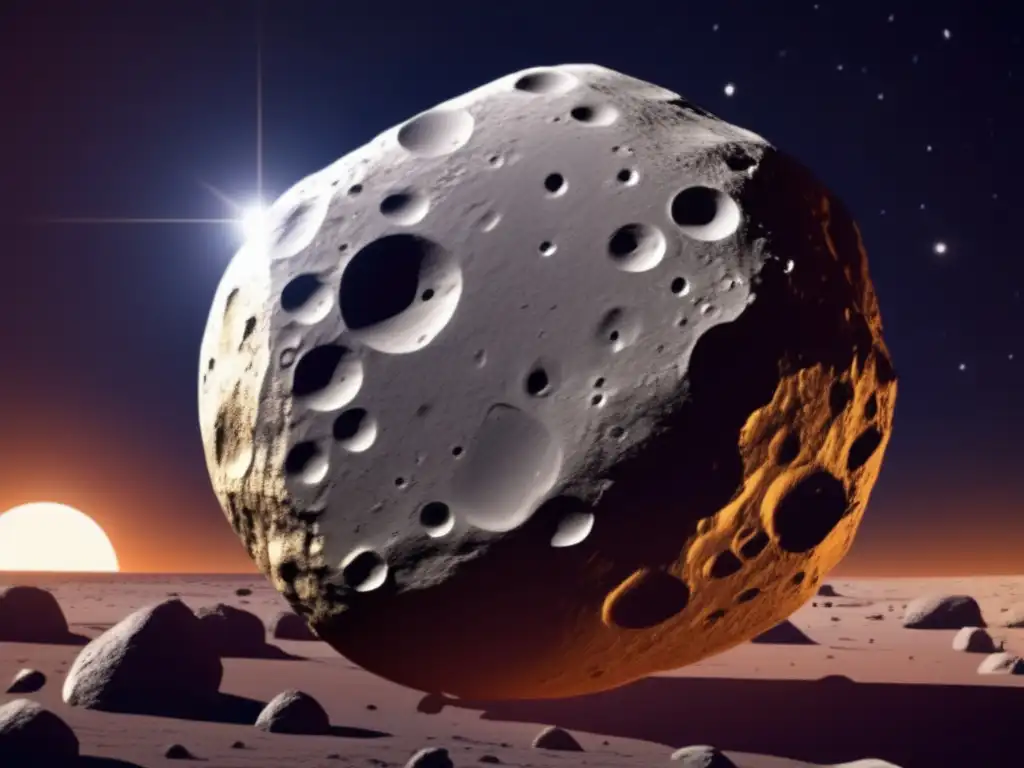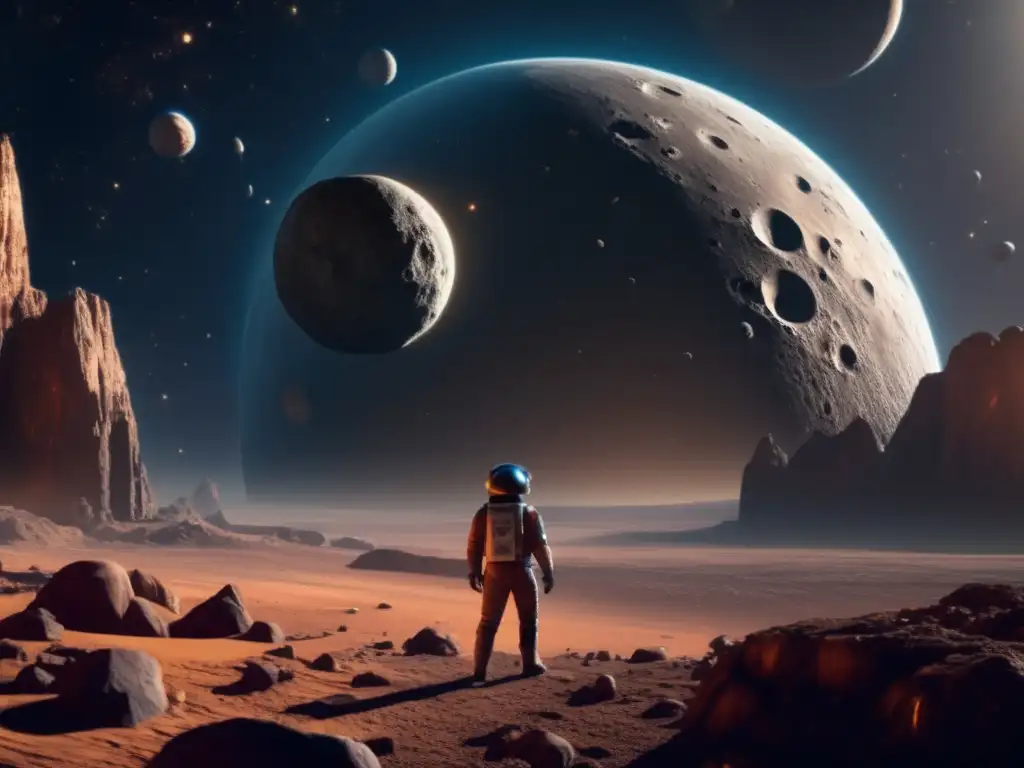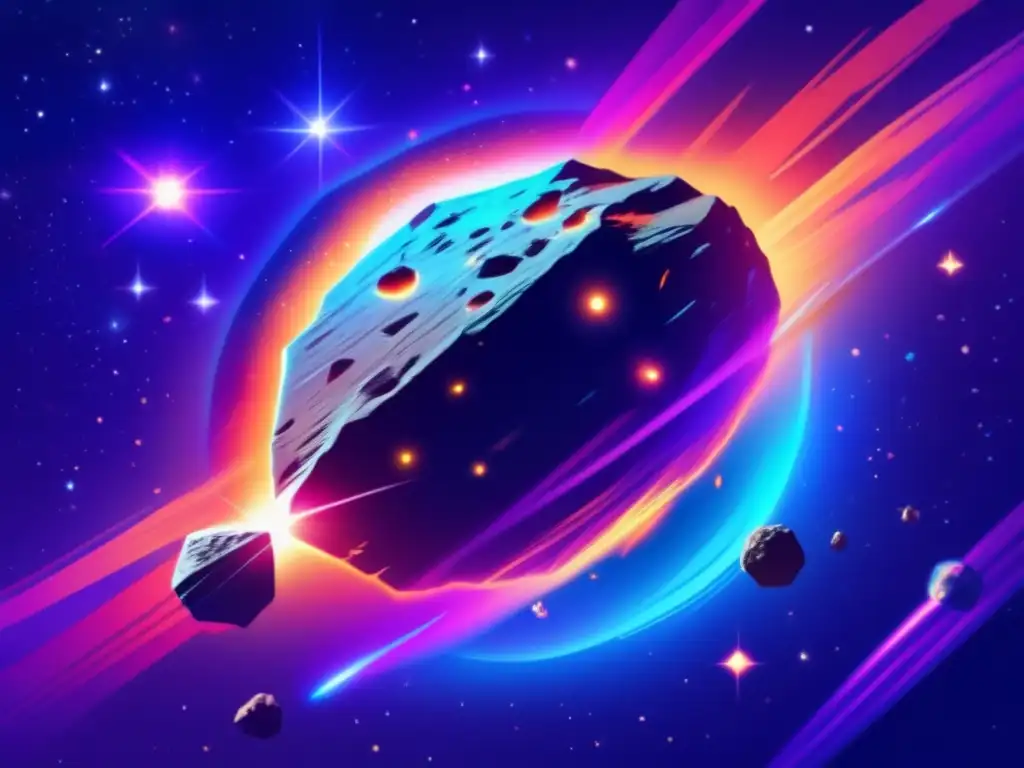Davida: Exploring One Of The Largest Inhabitants Of The Asteroid Belt

Introduction
The asteroid belt, located between the orbits of Mars and Jupiter, is home to thousands of small bodies that have been scrutinized by scientists for decades. One of the largest inhabitants of the asteroid belt is Davida, which ranks as the third largest asteroid with a diameter that stretches over 300 kilometers. It was discovered in 1903 by a French astronomer named Alphonse Borrelly and is named after Heinrich Wilhelm Matthias Olbers’ wife, Johanna. This article will dive deep into the fascinating world of Davida, exploring its characteristics, composition, and significance within the context of the asteroid belt.
Davida’s Characteristics

Size and Shape
With a diameter of approximately 326 km, Davida ranks as the third largest asteroid, only behind Ceres and Vesta. Its size is so massive that it represents nearly 1% of the entire mass of the asteroid belt. Davida’s shape, as determined by NASA’s Dawn spacecraft, is somewhat irregular and ellipsoidal, with a flattened shape at both ends. The surface of Davida is characterized by numerous impact craters, which provide invaluable information about the history of the asteroid belt.
Orbit
Davida has an orbital period of around 5.6 years, meaning it takes this amount of time to complete one orbit around the sun. Its orbit is relatively circular and inclined by about 12.5 degrees to the plane of the ecliptic, which is the imaginary plane that the Earth orbits on. It is believed that Davida has remained close to its current orbit for several billion years.
Composition
Studies of Davida’s composition have been limited, but it is believed to be made up of a mixture of rock and metal. Remote sensing observations with different telescopes have revealed that its surface materials contain a low percentage of iron and nickel, unlike other metallic asteroids. This indicates that Davida may have formed from the collision of smaller bodies with different compositions during the early history of the solar system.
Davida’s Significance

Impact on the Asteroid Belt
The formation and movements of Davida have had significant implications for the asteroid belt. Its massive size has influenced the distribution of other asteroids in its vicinity, causing gravitational disruptions that have resulted in changes in their orbits. In addition, scientists have found evidence of several families of asteroids that originated from collisions with Davida. These families of asteroids share similar orbital characteristics and composition with Davida, which provides valuable insight into the asteroid's evolution and dynamics within the asteroid belt.
Exploration
Davida has never been visited by any spacecraft, with most information on this asteroid coming from ground-based telescopes and remote observations. However, there is hope that future missions will explore this fascinating celestial body. In particular, the European Space Agency’s Hera mission, which is expected to launch in 2024, will visit the Didymos asteroid system. This system comprises two asteroids, one of which is around 780 meters wide and orbits around a larger 1600-meter asteroid that seems to resemble Davida in terms of its composition. The Hera mission will provide invaluable information about the morphology, internal structure, and geology of these asteroids, which will shed further light on the properties and origins of Davida itself.
Scientific Research
Davida is a subject of ongoing scientific research and investigation. Scientists are interested in studying this asteroid's characteristics, composition, and dynamics, as it may provide valuable insight into the formation and evolution of the early solar system. The study of Davida's composition and structure can also help us better understand the distribution and movements of similar asteroids within the asteroid belt. As such, new missions and studies are being developed to better understand this fascinating celestial body.
Frequently Asked Questions

-
Is Davida a danger to Earth?
No, Davida poses no threat to Earth. Its orbit is within the asteroid belt, and it has never come close to colliding with our planet.
-
What is Davida made of?
Davida’s composition is believed to be a mixture of rock and metal. Its surface materials contain a low percentage of iron and nickel, unlike other metallic asteroids.
-
Has Davida ever been visited by a spacecraft?
No, Davida has not been visited by any spacecraft yet. However, there is hope that future missions will explore this fascinating celestial body.
-
Where was Davida discovered?
Davida was discovered in 1903 by a French astronomer named Alphonse Borrelly.
-
What is the significance of Davida within the asteroid belt?
Davida’s massive size has influenced the distribution of other asteroids in its vicinity, causing gravitational disruptions that have resulted in changes in their orbits. Its composition and dynamics also provide valuable insight into the formation and evolution of the early solar system.
Conclusion
Davida stands out as one of the largest and most intriguing inhabitants of the asteroid belt. Its massive size, unique composition, and dynamics have significant implications for scientific research and exploration. As we learn more about Davida, we gain a deeper understanding of the inner workings of the early solar system and the origins of our universe. We encourage readers to continue exploring the fascinating world of asteroids and participate positively in www.asteroidrealm.com.
Additional Resources

To learn more about Davida and other asteroids, check out these links:
- NASA’s Solar System Exploration website on Davida
- European Space Agency’s Hera mission website
- Space.com’s Asteroids Section
 The Secrets Of Lutetia: A Profile Of A Large Asteroid In The Main Belt
The Secrets Of Lutetia: A Profile Of A Large Asteroid In The Main Belt Exploring Itokawa: A Sizable Near-Earth Object
Exploring Itokawa: A Sizable Near-Earth Object An In-depth Study Of Cruithne: Earth's Second Moon?
An In-depth Study Of Cruithne: Earth's Second Moon?If you want to discover more articles similar to Davida: Exploring One Of The Largest Inhabitants Of The Asteroid Belt, you can visit the Asteroid Profiles category.
Leave a Reply

Articulos relacionados: